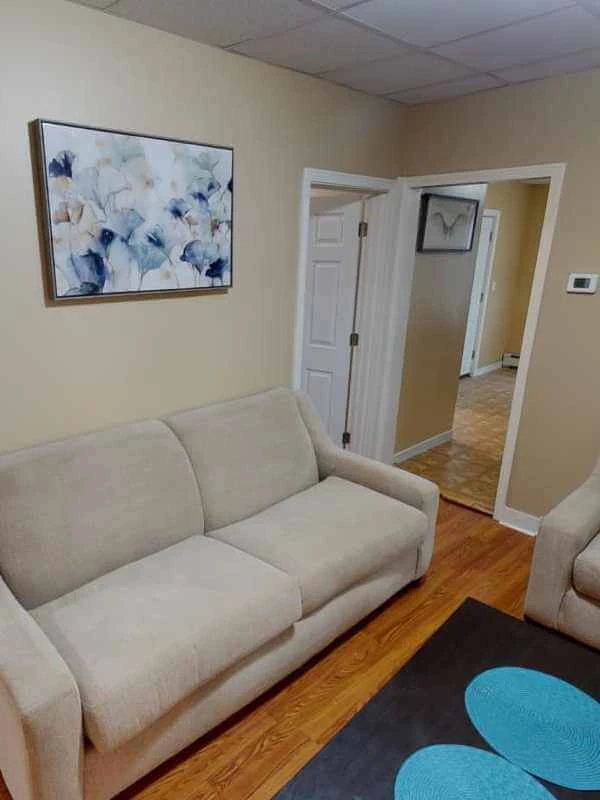
However, these treatment methods have not been effective for reducing swelling or the appearance of bumps on the nose from rhinophyma. Until recently, doctors believed that rosacea and rhinophyma could be caused by alcoholism. That’s important because they can help manage any medications you might be taking to treat your condition and support any other underlying addictions you might be dealing with. If you’re concerned alcoholic nose about your alcohol abuse, they might be able to offer a lot more resources in your area than you can find on your own.

Early Signs and Symptoms

These include medications to control inflammation, laser therapy to reduce redness and shrink enlarged blood vessels, and in severe cases, surgery to reshape the nose. While rhinophyma cannot always be prevented, early intervention and proper management of rosacea can reduce the risk of developing this condition. Proactive measures can make a significant difference in the quality of life for individuals with rosacea.
- The truth is that studies have shown there is very little, if any, connection between alcohol use and rhinophyma.
- If inflammation is present because of a bacterial infection, then oral antibiotics such as tetracycline may be prescribed to manage the infection.
- Another important benefit is that treatment centers can offer more medical support for people in the age bracket normally affected by this condition.
Need professional help with addiction?
Rosacea also causes an increased number of pimples and poorer skin quality. Of course, avoiding alcohol isn’t always easy—especially for long-term drinkers. Ria Health offers a proven at-home treatment to help you limit or stop your consumption of alcohol. You set your own personal goal, and we help you achieve it with coaching, medication, and other tools and resources. While drinking may not cause “alcoholic nose,” getting help to quit drinking can make the condition much easier to manage. For more advanced forms of rhinophyma, the most effective way to manage thickened skin is almost exclusively through physically removing excess tissue.
SURGICAL OPTIONS
Still, many doctors may recommend a multi-solution approach that combines options such as carbon dioxide lasers with dermabrasion to better remove damaged tissue. Drinking alcohol has been debunked by research as a direct link to this condition. But we do know that drinking can cause more flushing in people with rosacea.
- In severe cases, rhinophyma can lead to significant deformation of the nose, making it appear bulbous and disfigured.
- If you or a loved one is struggling with addiction, our expert team is here to guide you every step of the way.
- These medications can have side effects, so they should be used under the guidance of a healthcare professional.
- For those with rhinophyma, treatment options can vary based on the severity of the condition.
- Treatment for rhinophyma can vary depending on the severity of the condition.
- If caught in the early stages, however, symptoms can often be managed with medication and lifestyle changes.
Rhinophyma is a skin disorder that causes the nose to become enlarged. Some other symptoms include lumpy, thickened skin and broken blood vessels. Rhinophyma is the skin condition which causes a person’s nose to grow and become bulbous in appearance. If you’re looking for information about the condition known as alcoholic nose or drinker’s nose, here are answers to some of the most frequently asked questions. Medical advice for rosacea treatment includes risk factors people can avoid to lessen their instance of flare-ups, which may include some lifestyle changes. This common name and years of misinformation from the medical community about the condition prompted a false link between alcohol abuse and alcoholic nose.
Alcohol addiction and alcohol abuse do not directly cause rhinophyma. Yet chronic alcohol abuse can worsen the condition (rosacea), which leads to drinker’s nose when left untreated. Rhinophyma or a gin blossom nose may not directly result from heavy drinking. However, chronic, excessive alcohol use can cause physical effects like extreme capillary dilation and a red nose or face. Over time, the damaged capillaries rise to the skin’s surface, causing a red appearance to the face and visible blood vessels. Please read on to learn all you need about alcoholic nose and the connection between alcohol addiction and skin conditions.

With the development of rhinophyma, the nose appears red, large, and bumpy. This is because this condition doesn’t impact the bone structure of the nose, just what is alcoholism the skin. Initially, surgical interventions were the primary method of addressing this condition.
- An alcoholic nose is not a true diagnosis of alcoholism or even a sign of it in many cases.
- Any noticeable changes in your nose, especially if accompanied by tenderness or breathing difficulties, warrant a visit to a dermatologist or a doctor.
- It is an extreme side effect only experienced by a small percentage of people who suffer from rosacea.
- The Recovery Village Indianapolis offers comprehensive addiction treatment for drug and alcohol addictions and co-occurring mental health conditions.
“Rhinophyma–diagnosis and treatment.” Polish Journal of Otolaryngology, 2004. There is no cure for rhinophyma, and it typically does not go away without surgery. The characteristic appearance of rhinophyma often makes it easy to diagnose with a visual examination.
Lifestyle Quizzes

The condition is understood and treated as a condition that is totally separate from alcohol use disorder. Basal cell carcinoma is a slow-growing type of skin cancer that is not typically fatal. However, if severe cases are left untreated, it can cause disfigurement. Treatment for basal cell carcinoma usually involves surgery to remove the affected tissue.
